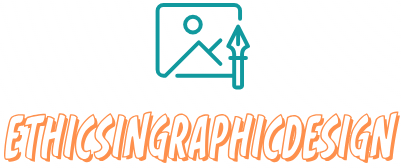How to Create a Compelling Presentation
Creating a compelling presentation is crucial for effectively conveying your message and engaging your audience. Here are some key steps to help you create a compelling presentation:
- Define your objective: Clarify the goal of your presentation. Determine what you want to achieve and the key message you want to communicate to your audience. Having a clear objective will guide your content development and overall structure.
- Know your audience: Understand who your audience is and what they expect from your presentation. Consider their knowledge level, interests, and any specific requirements or preferences. Tailor your content and tone to ensure it resonates with your audience.
- Organize your content: Structure your presentation in a logical and engaging manner. Begin with a compelling introduction that grabs attention and clearly states the purpose of your presentation. Divide your content into sections or chapters, each focusing on a specific idea or topic. Use transition statements to smoothly move from one section to another.
- Create visually appealing slides: Use visuals strategically to enhance your message and engage your audience. Use a clean and consistent design, incorporating high-quality images, charts, graphs, and multimedia elements where appropriate. Avoid cluttered slides and excessive text, opting for visuals that support and complement your spoken words.
- Tell a story: Weave your presentation into a narrative that captivates your audience. Structure your content in a way that flows naturally and builds anticipation. Include anecdotes, case studies, or personal experiences that illustrate your points or create an emotional connection. Storytelling helps sustain interest and makes your presentation more memorable.
- Use effective visuals: Use visuals strategically to enhance your message and engage your audience. Use a clean and consistent design, incorporating high-quality images, charts, graphs, and multimedia elements where appropriate. Avoid cluttered slides and excessive text, opting for visuals that support and complement your spoken words.
- Keep it concise: Focus on delivering key points concisely. Avoid overwhelming your audience with too much content or information overload. Use bullet points, short sentences, and impactful language to convey your message effectively. Respect your audience’s time and strive to keep your presentation within the allotted timeframe.
- Engage your audience: Actively involve your audience throughout the presentation. Encourage participation through questions, polls, or interactive elements. Consider incorporating activities or group discussions to promote engagement and collaboration. Engaged audience members are more likely to retain information and find value in your presentation.
- Practice and refine: Practice your presentation multiple times to ensure fluid delivery and to identify areas that need improvement. Rehearse your timing, gestures, and transitions. Seek feedback from trusted colleagues or mentors and make necessary revisions based on their input. Rehearsing and refining your presentation will boost your confidence and enhance the overall impact.
- Wrap up with a strong conclusion: End your presentation with a compelling conclusion that reinforces your key message and leaves a lasting impression. Summarize the main points, provide a call-to-action, and invite questions or discussion. Leave your audience with a clear understanding of your message and a sense of inspiration or motivation.
Remember, a compelling presentation is a combination of engaging content, effective visuals, and confident delivery. With thoughtful planning and practice, you can create a presentation that captivates your audience and leaves a lasting impact.



